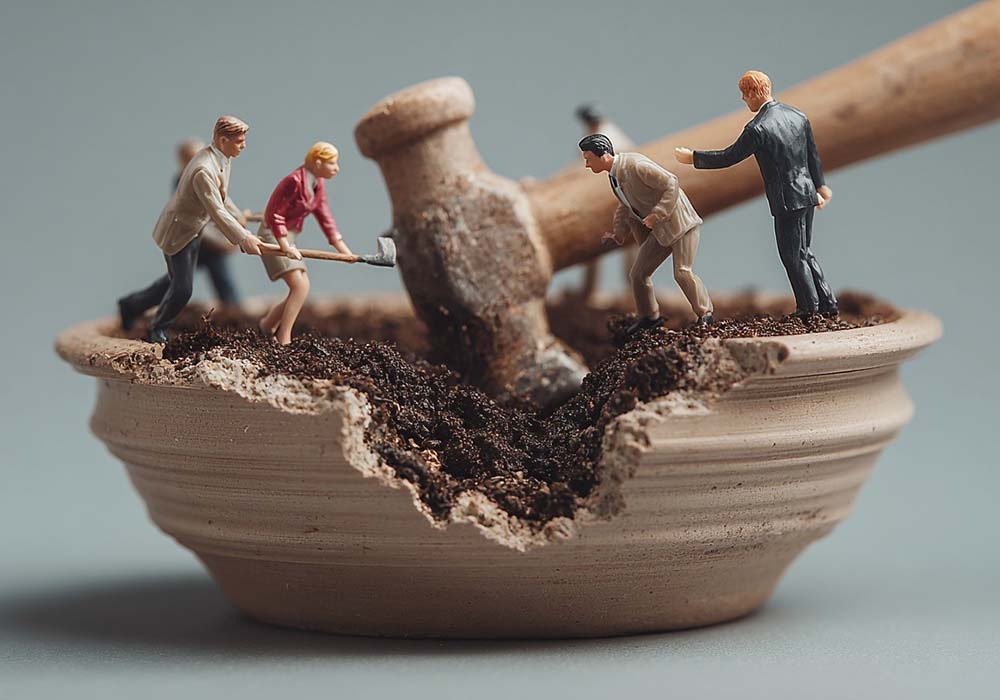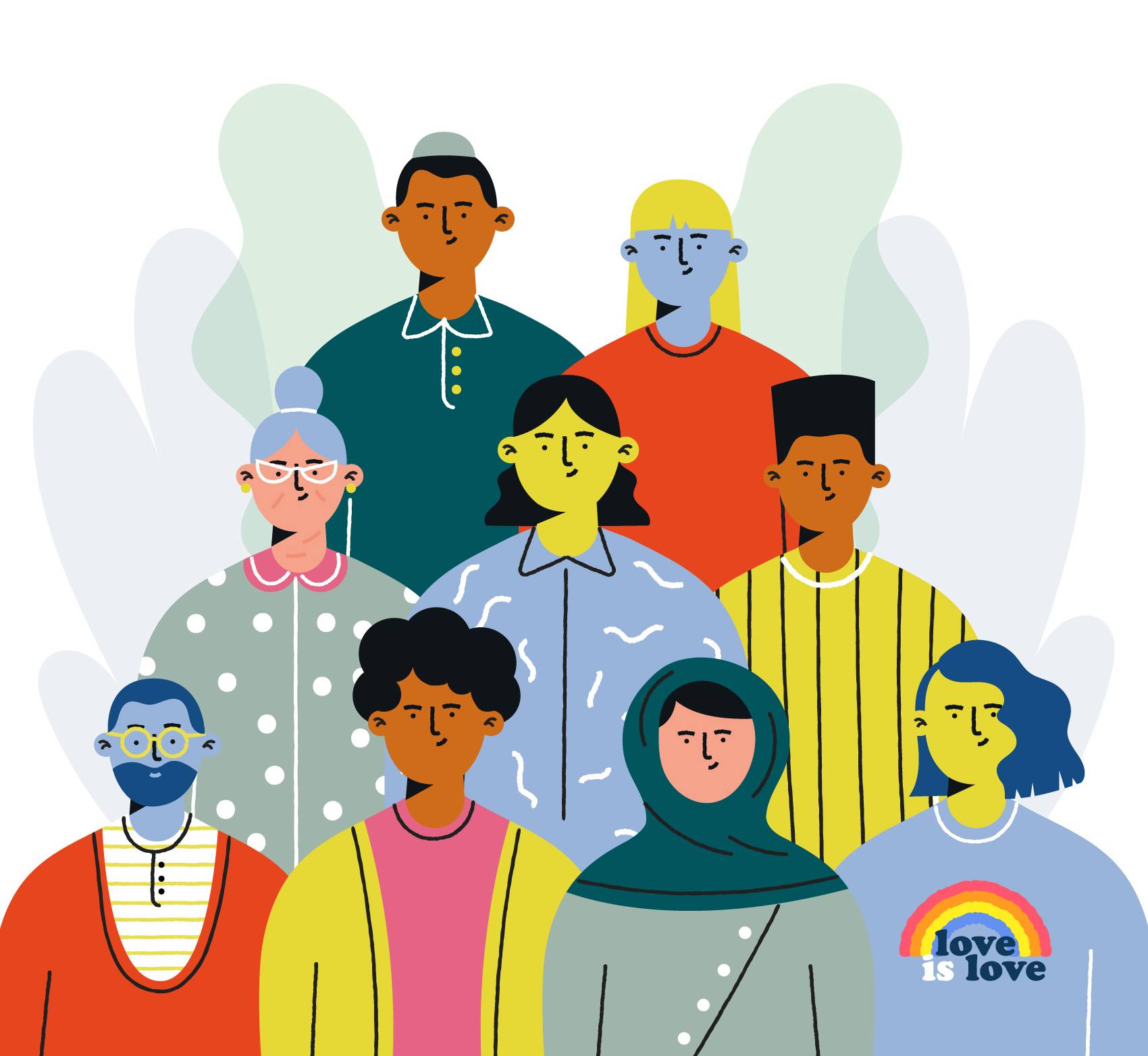Although we may consider ourselves free and autonomous individuals, the truth is that we all act, at least in part, according to a social script. One that we haven’t written ourselves, but which we interpret every day with more precision than we think.
This script, made up of norms, expectations, stereotypes and shared codes, is what sociology calls Social Role Theory. And understanding it not only allows us to observe with greater lucidity what happens in our organisations, but also opens the door to daring to write new roles.
What am I going to read about in this article?
What exactly is Social Role Theory?
Social Role Theory, developed by Alice Eagly and others in the 1980s, argues that much of our behaviour is shaped by the expectations that society places on the “roles” we play: mother, boss, young woman, engineer, migrant, creative director, nurse, to name but a few.
These roles are neither static nor universal, but profoundly influential. They operate as frames of reference that tell us, more or less subtly, what is expected of us in each context.
In the workplace, these scripts manifest themselves in such everyday ways that they often go unnoticed: how a manager is expected to lead, how an intern should behave, what tone an administration manager should use, or who is in charge of taking notes in a meeting. What’s relevant is not only what happens, but what’s not questioned. And this is where the theory of social roles becomes a tool for observing, understanding… and also for transforming.

